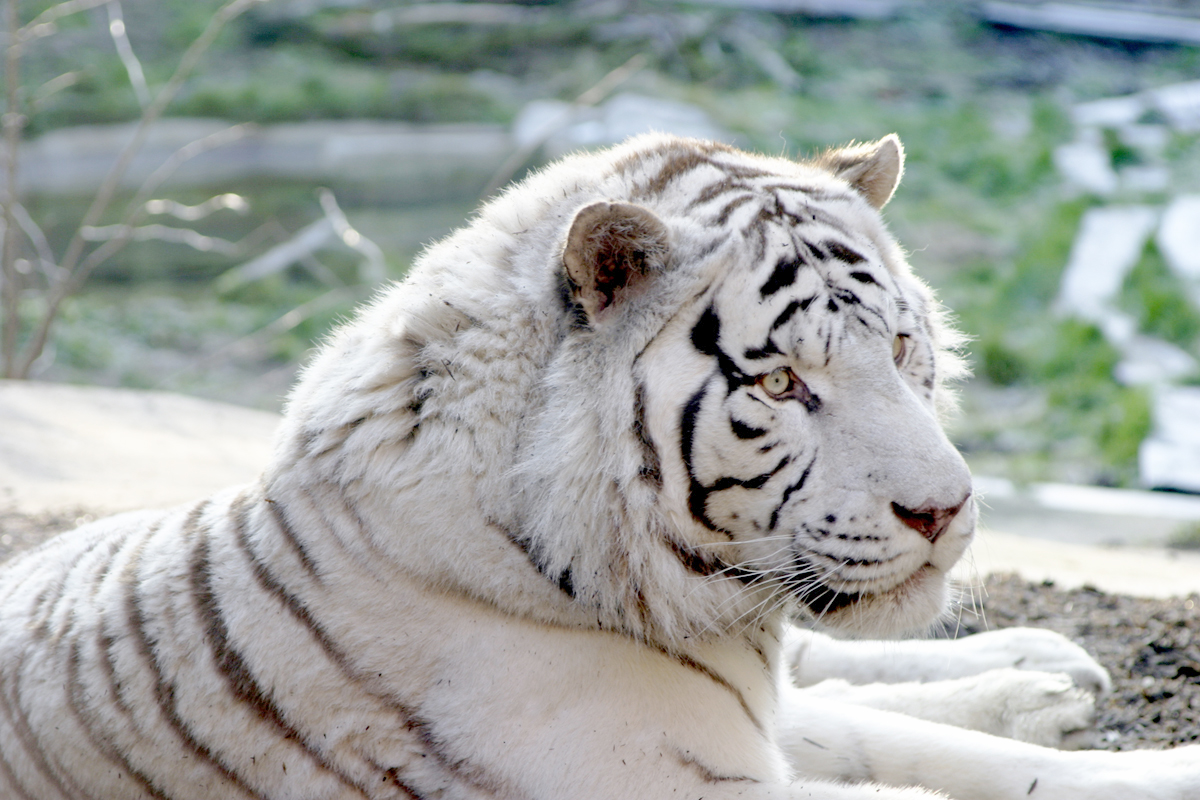Breathing problems have many causes.
Breathing problems (dyspnea) have many causes, among them emphysema, asthma, chronic bronchitis, upper and lower respiratory infections, chronic lung disease, heart disease, and lung tumors, as well as seasonal allergies, and sinus problems. An enlarged liver or spleen, indigestion, or simply a full stomach can exert pressure on the respiratory diaphragm, making it difficult for the lungs to expand. Scoliosis distorts the chest cavity and the amount of space available for the lungs to expand.
Breathing also becomes difficult with emotional upset, anxiety, and panic attacks. Other important causes of breathing problems are issues with the spine, from the neck all the way down to the sacrum, the rib cage, and the many muscles that help or may hinder breathing. Trauma to the spine or rib cage, muscular tension in the neck or back, or scoliosis (curvature of the spine) come to mind.
Pregnant women often experience difficulty breathing as the expanding uterus pushes the abdominal organs upward against the respiratory diaphragm, thus decreasing the ability of the lungs to expand fully.
Much research and effort is put into addressing the illnesses listed in the first paragraph, However, little attention is paid to the musculoskeletal issues surrounding breathing problems. Craniosacral therapy and energetic unwinding of the spine, joints & muscles are particularly effective in helping to resolve these issues.
The anatomy of breathing.
Let’s look at the major “hardware” of taking a breath:
The lungs take in the air and extract the oxygen to pass it along to the blood They also release the carbon dioxide from the blood back into the air.
The respiratory diaphragm is the major breathing muscle. It’s shaped like a dome. When it contracts, it moves downward to allow the lungs to expand when breathing in (inhaling). When breathing out (exhaling), this muscle relaxes and moves upward. This large muscle has attachments to the sternum, rib cage, and 1st two lumbar vertebrae.
Moreover, it allows passage for the esophagus, aorta, and inferior vena cava. Thus, restrictions in the diaphragm not only manifest in difficulty with breathing but also in difficulty with the passage of food from the esophagus into the stomach (potential for acid reflux), and blood circulation from the heart into the abdomen and legs, as well as from the legs and abdomen back into the heart.
The diaphragm and lungs are very close neighbors, being separated only by the diaphragmatic pleura, a serous membrane on top of a layer of connective tissue. Nestled beneath the diaphragm are the liver and stomach.
The phrenic nerve innervates the respiratory diaphragm. It’s a branch of the 4th cervical nerve and travels partway along the anterior scalene on the side of the neck before entering the thorax (rib cage).
The anterior, middle, and posterior scalene muscles have attachments to the first two ribs, as well as to several neck (cervical) vertebrae. When breathing becomes difficult, they provide extra assistance in expanding the space for the lungs by raising these ribs.
The sternocleidomastoid muscle, which attaches to the collarbone (clavicle), breastbone (sternum), and the mastoid process of the temporal bone behind the ear, also helps to expand the rib cage for easier breathing by lifting the clavicles and the sternum.
The external and internal intercostal muscles are located between, and attach to, the ribs, helping to expand and contract the rib cage with each breath.
The rectus abdominal and transverse abdominal muscles, along with the internal and external oblique muscles, assist with exhalation. These muscles have various attachments to the sternum, rib cage, iliac crest (top of the hip bones), and pubic symphysis. Moreover, all these muscles insert into the linea alba (a type of connective tissue).
Who would have thought that the simple act of breathing could be so complicated?
It’s easy to see, though, how tension in these muscles, or problems with the spine or rib cage could inhibit deep breathing.
Chronic muscle tension in the neck, back, or abdomen inhibits full excursion (up and down movement) of the respiratory diaphragm. Deformity of the spine or rib cage resulting from trauma, poor posture, osteoporosis, osteoarthritis, scoliosis, or muscular imbalance distorts the shape of the rib cage (thorax), which may interfere with the full expansion of the lungs during inhalation.
Most of the time, shallow breathing will be adequate to go about our daily business. However, stair climbing, physical labor, exercise, and even emotional upset require us to take deeper breaths. When this is not possible, we experience air hunger, light headedness, rapid heart beat (palpitation), rapid breathing, and loss of mental clarity, all symptoms of inadequate oxygen getting to all the cells in our body.
Craniosacral therapy and energetic unwinding can help with breathing problems.
Craniosacral therapy and energetic unwinding of the spine, joints & muscles are two related therapies that are particularly effective in releasing any tension in the muscles and the fascia (a type of connective tissue) that weaves through, envelops, and holds together all cells, tissues, organs, muscles, and other structures of the body, such as blood and lymph vessels, nerves, and meridians (energy pathways of the body).
With trauma, inflammation, infections, lack of movement, poor posture, and overuse of any body part, the connective tissue, which varies in consistency from gel like soft to hard as bone, becomes distorted and looses its pliability, resilience, and ability to accommodate the movement of the tissue.
It becomes sticky, stiff, and starts adhering together, putting a stranglehold on all the structures within it. It’s akin to wearing a jacket that’s too tight, a belt that cuts into the midriff, or a tie that makes you feel like you’re suffocating.
Craniosacral therapy and energetic unwinding allow the body to breathe fully again by helping it to release all the restrictions in the connective tissue (fascia, tendons, ligaments, etc.), helping to restore the fascia’s pliability and resilience.
